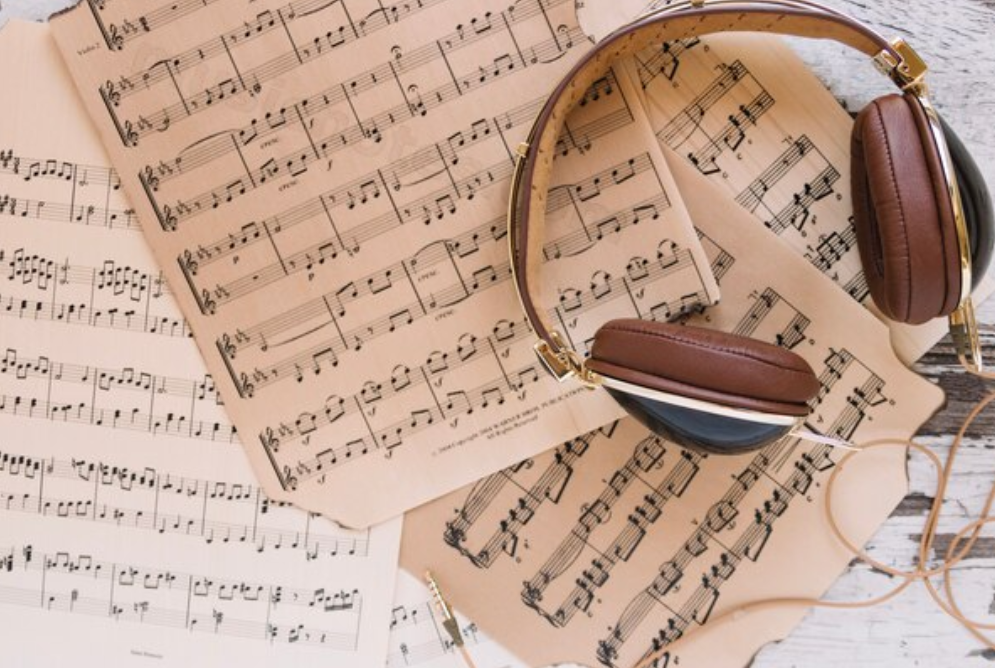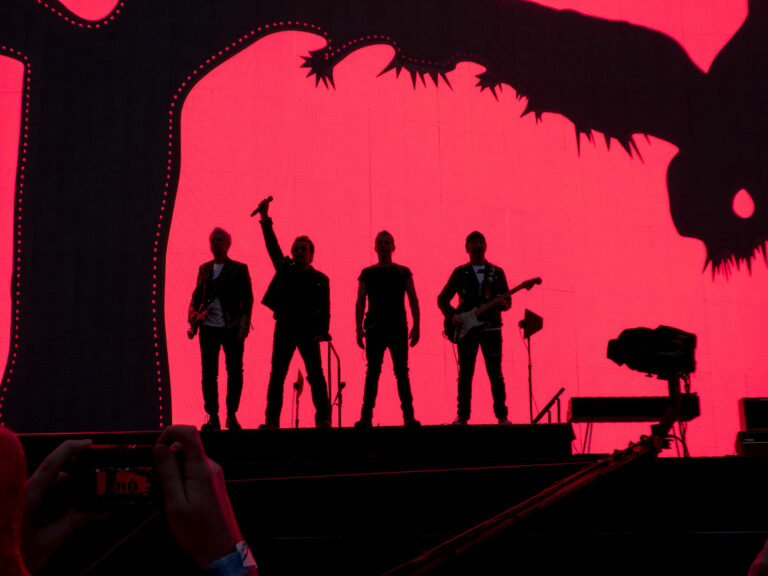Unraveling the Major Scale and Its Chord Magic
Music, the universal language that resonates in our hearts and souls, is a vibrant mosaic of melodies, harmonies, and rhythms. It single-handedly moves us in movies, it comforts us at home wrapped up with a hot cup of coffee, and it sings us along the path of life itself.
At the heart of this sonic wonderland lies music theory, the guiding force behind compositions that have echoed through centuries. Personally, as a musician myself, I never really took theory seriously. It wasn’t until I was 28 that all the questions I had about music needed to be answered.
Why do we play scales?
What notes combine to make these chords?
How do I solo?
How do I play a B7 add13(No5)
And what the heck is THAT?
Anyway, in this journey through the world of music theory, we’ll explore the major scale, how chords are born from its depths, and the indelible mark it has left on famous compositions. We’ll also dive into the realm of contemporary music, where the echoes of the past harmonize with the present.
Demystifying the Major Scale and Chord Development
So now that I have your attention, at the foundation of Western music theory stands the major scale, a seven-note sequence that serves as the cornerstone of countless compositions. Built upon a sequence of whole and half steps, the major scale is the canvas upon which musical masterpieces are painted. There isn’t one song that you know is NOT rooted in the major scale.
It’s pleasing on the ears.
It makes us happy.
The major scale’s structure forms the basis for chord development. By taking specific notes from the scale, we can craft chords that evoke a range of emotions. One such example is the triumphant Major Chord, represented by the root note, the third note, and the fifth note of the major scale. The simple, yet powerful, chord progression of C Major (C-E-G) exemplifies the uplifting essence of the major scale.
Conversely, the Minor Chord, created by altering the third note to a lower position, infuses compositions with melancholic undertones. The C Minor chord (C-Eb-G) captures the essence of sorrow and introspection.
Want to feel sad? Play minor chords all day.
In addition to major and minor chords, the Dominant Chord adds a sense of tension and anticipation. Typically constructed using the fifth note of the major scale, this chord prepares the listener for resolution.
Famous Songs and the Major Scale’s Influence
The major scale’s chords have left an indelible mark on some of the most famous compositions in music history. Consider the iconic opening chord progression of The Beatles’ “Let It Be,” which begins with a soul-soothing C Major. Or the classic “Don’t Stop Believin'” by Journey, which features a journey through the major scale in its memorable keyboard riff.
The major scale’s uplifting nature also shines in John Legend’s “All of Me,” where the simple yet poignant C Major scale sets the stage for heartfelt lyrics.
Composers Who Shaped the Musical Landscape
Throughout history, composers like Wolfgang Amadeus Mozart, Ludwig van Beethoven, and Johann Sebastian Bach have harnessed the power of the major scale to create timeless symphonies and sonatas. Mozart’s “Eine kleine Nachtmusik” dances through the major scale’s joyous embrace, while Beethoven’s “Ode to Joy” resonates with triumphant C Major chords.
Current Musicians Carrying the Torch (and billions of dollars)
In the contemporary music scene of June 2023, artists like Adele, Ed Sheeran, and Billie Eilish continue to harness the majesty of the major scale. Adele’s heartfelt ballads often feature the soothing embrace of major chords, as exemplified in “Someone Like You.” Ed Sheeran’s chart-toppers, such as “Shape of You,” blend the major scale’s infectiousness with modern production.
Billie Eilish, known for her genre-defying music, weaves the major scale’s brightness into her compositions. Songs like “Ocean Eyes” and “Bad Guy” showcase how the major scale can be transformed into something entirely unique.
The major scale, with its timeless allure, continues to shape the world of music. From classical compositions to contemporary chart-toppers, its influence knows no bounds. As you explore the enchanting world of music theory, remember that the major scale is not just a sequence of notes; it’s a gateway to emotions, memories, and the endless possibilities of sonic artistry. Dive into its depths, and let the chords of C Major, the melodies of Beethoven, and the sounds of Adele guide your musical journey.
Daniel Powers Jr, the founder of Real Brave™, serves as the chief inspiration to thousands of students in the Real Brave music instruction program. He’s also the visionary behind PracticePad™, an online platform for live one-on-one online music lessons, lesson tracking, and scheduling. Beyond his entrepreneurial pursuits, Daniel leads a non-profit organization that provides formerly homeless children with access to music education, making a profound impact on their lives. His unwavering dedication to music, innovation, and education continues to inspire individuals to reach their fullest potential while creating positive change in communities.
youtube.com/@realbraveinc
twitter.com/realbraveinc
https://www.tiktok.com/@realbraveinc
instagram.com/realbraveaudio
facebook.com/realbraveinc






